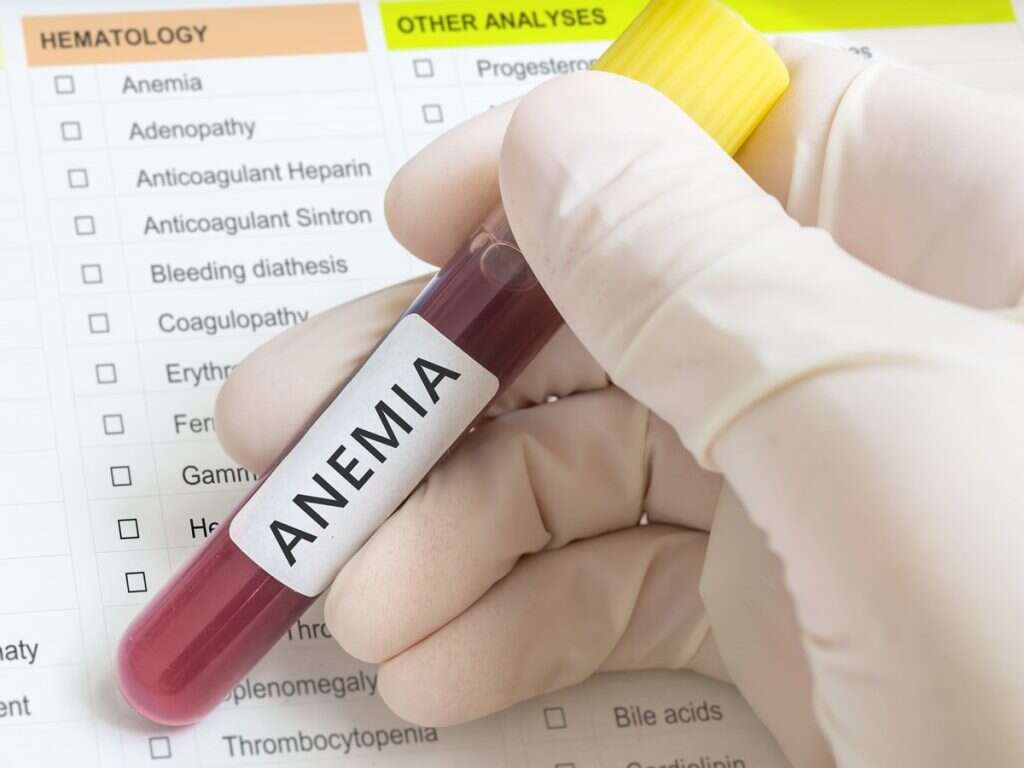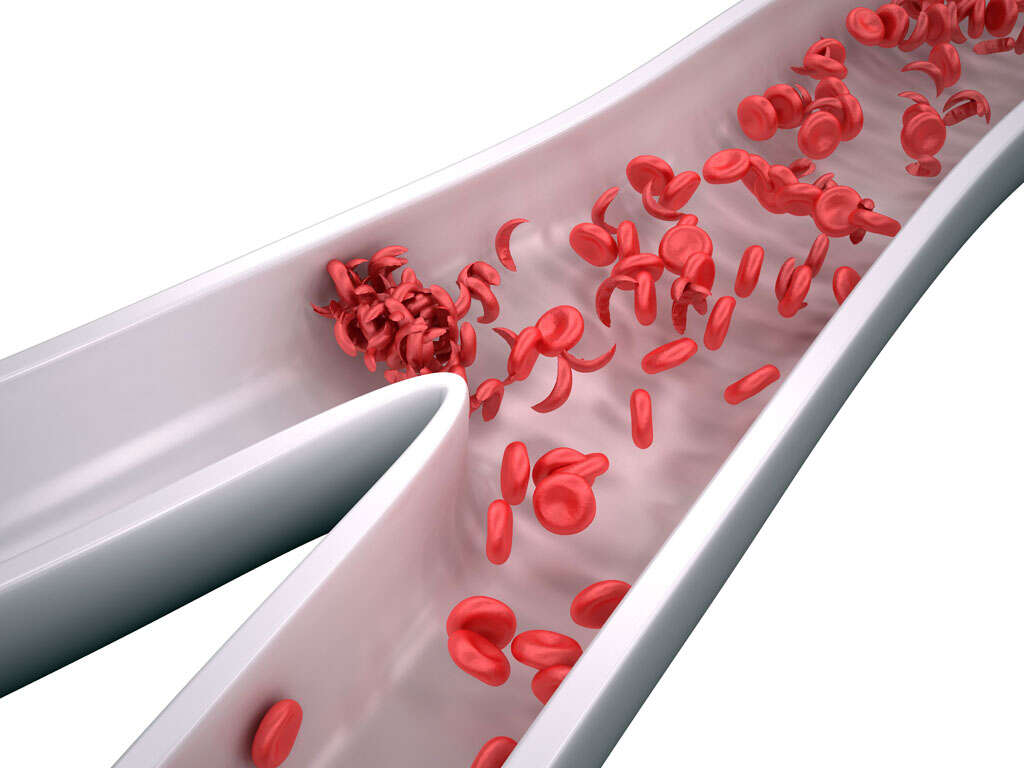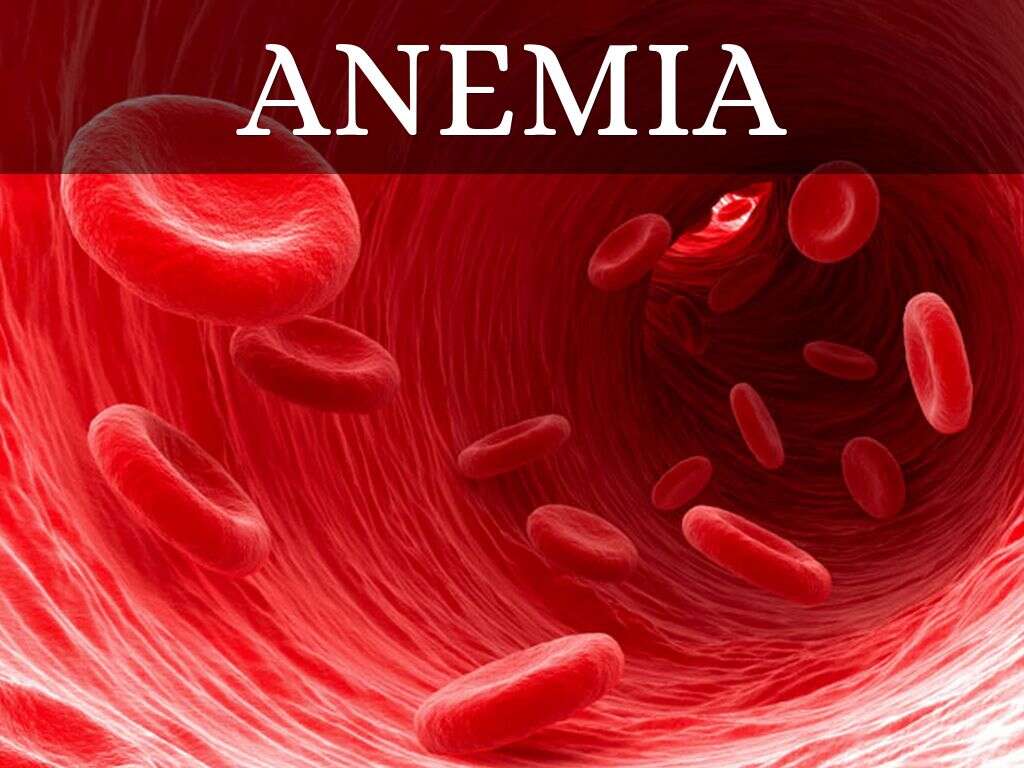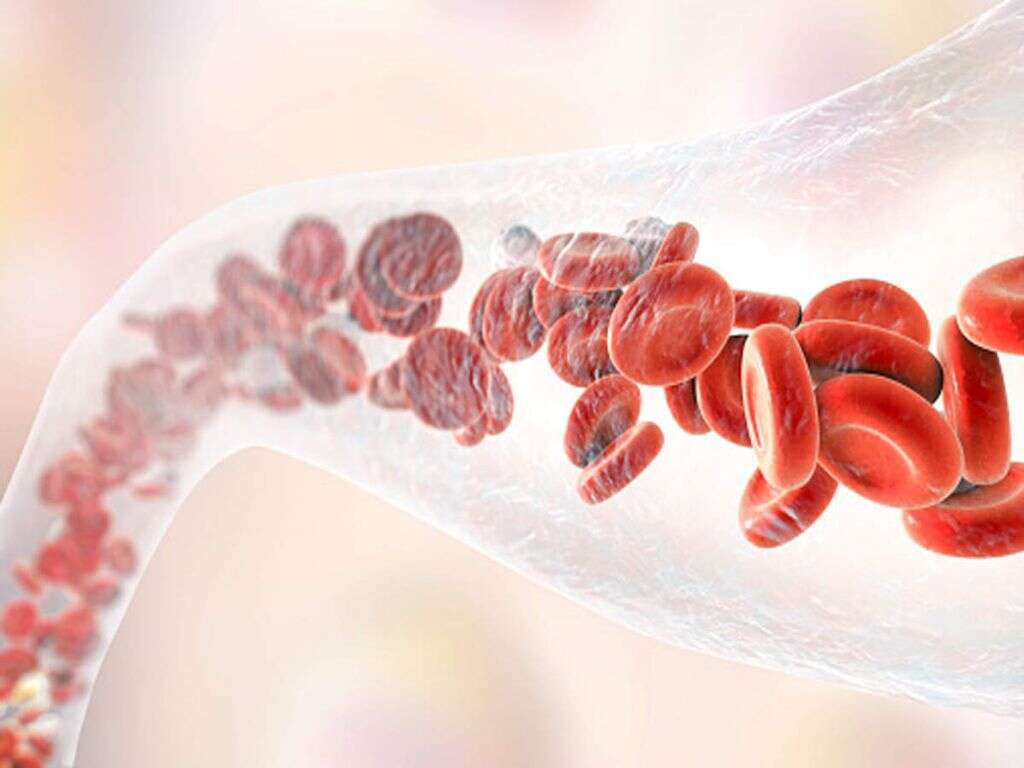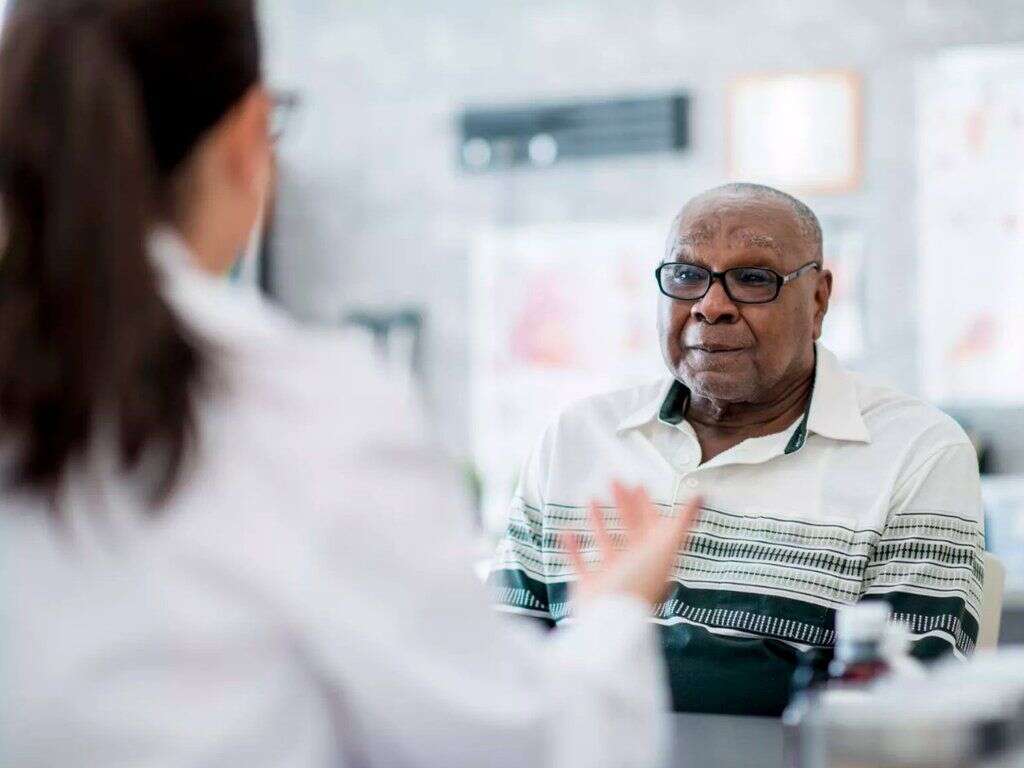What Is Moyamoya?
The brain is an astonishingly powerful biological machine, and is the most advanced machine that we are aware of in the entire universe. As something so powerful, however, it also needs a lot of fuel. For the brain, this fuel means a lot of nutrients from the food we eat, and also oxygen from the air we breathe.
Supplying this fuel is not usually a problem as our brains are well served by an extensive system of blood vessels. If something was to go wrong with this network, however, then our brain will not get the fuel that it needs. There are numerous potential things that can go wrong and moyamoya disease is one of them.
1. Moyamoya
Moyamoya disease is a very rare type of vascular disorder. The word moyamoya is Japanese, and it translates into English as ‘a puff of smoke’. The name was given because of the appearance of the condition when seen on an X-ray. Patients with the condition will have a carotid artery that is narrower than usual.
This causes more blood vessels to be formed at the base of the brain to try and compensate for the lower than usual blood supply. The disease can affect people of all ages, but children are most likely to be affected by it. while it is found worldwide, it is more common in China, Japan, and Korea.
2. Causes
The causes of moyamoya are not at all well understood. However, that it is most common in China, Japan, and Korea suggests that there is a genetic link to the disease. Researchers continue to perform studies to try and improve our understanding of the condition and what causes it.
In addition to genetics, there are also some medical conditions that have been linked to moyamoya. These include sickle cell anemia and Down’s syndrome. Neurofibromatosis type 1, which causes tumors in the skin and elsewhere, is also linked with moyamoya disease. Another is hyperthyroidism, which means the thyroid gland is more active than usual.
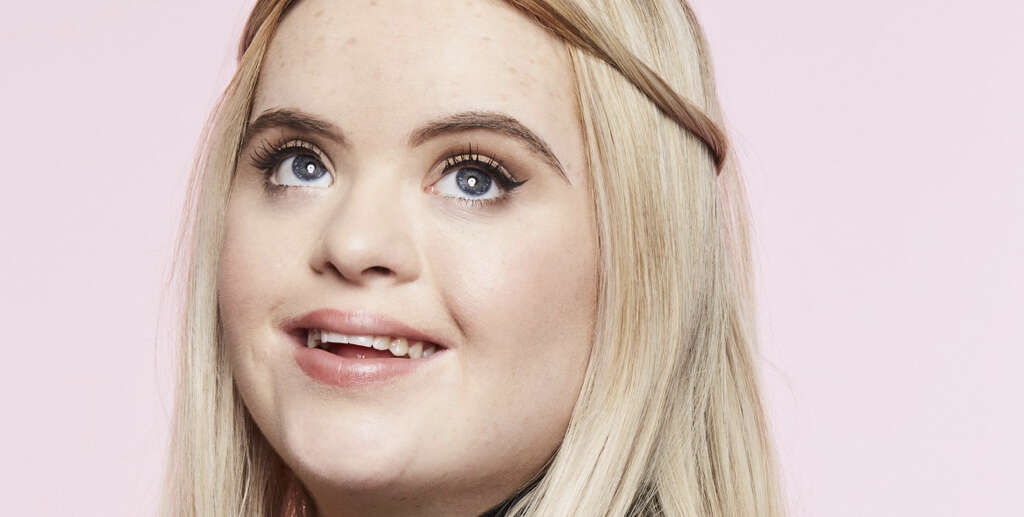
3. Stroke
The symptoms of moyamoya disease are most likely to appear between the ages of 5 and 10. The next highest age bracket at risk is people aged between 30 and 50. Patients will often not be aware of the condition until they experience a recurrent transient ischemic attack (TIA), or a stroke. A recurrent transient ischemic attack (TIA) is basically a type of mini stroke.
In addition to a stroke, which is when the flow of blood to the brain is temporarily stopped, adults may also experience a hemorrhagic stroke. This means that there will be bleeding on the brain. These are extremely serious conditions and need immediate medical attention.
4. FAST
While a stroke is a very serious condition, the symptoms can be missed if people don’t know what to look for. The Acronym FAST can help people to know what these signs are. The F is for face, meaning you should look at the patient’s face for signs of paralyses. If they can’t smile or if one side is drooped; they need medical help.
A stands for Arms, meaning you should ask the patient to hold their arms up on both sides. S stands for Speech, meaning you should ask the patient to say something to check if they are able to speak clearly. Finally, T means Time, meaning time is very important and you should call an ambulance without hesitation.

5. Other Symptoms
In addition to those already mentioned, moyamoya can also cause some other symptoms due to insufficient blood reaching the brain. Among the most common of these symptoms is regular and sometimes intense headaches. The patient can also experience weakness and/or paralysis on one side of their body.
Visual abnormalities are common and patients can also have difficulties understanding what other people are saying. In addition, the patient can also have difficulties speaking with other people. Other symptoms include involuntary movements and seizures. Developmental problems are also a symptom when the condition is present in young children. Various activities are able to trigger these symptoms.
6. Risk Factors
There appears to be no demographic that is safe from moyamoya disease, but some people are more likely to develop it than others are. As mentioned, people from certain Asian countries are more likely to have it than people from elsewhere in the world. Individuals are also at a higher risk of developing the condition if there is a history of it in the family.
Age is also a risk factor, with young children more likely to develop the condition. What’s more is that females are a little more likely to develop it than males are. The presence of certain medical conditions will also make somebody more likely to develop moyamoya.
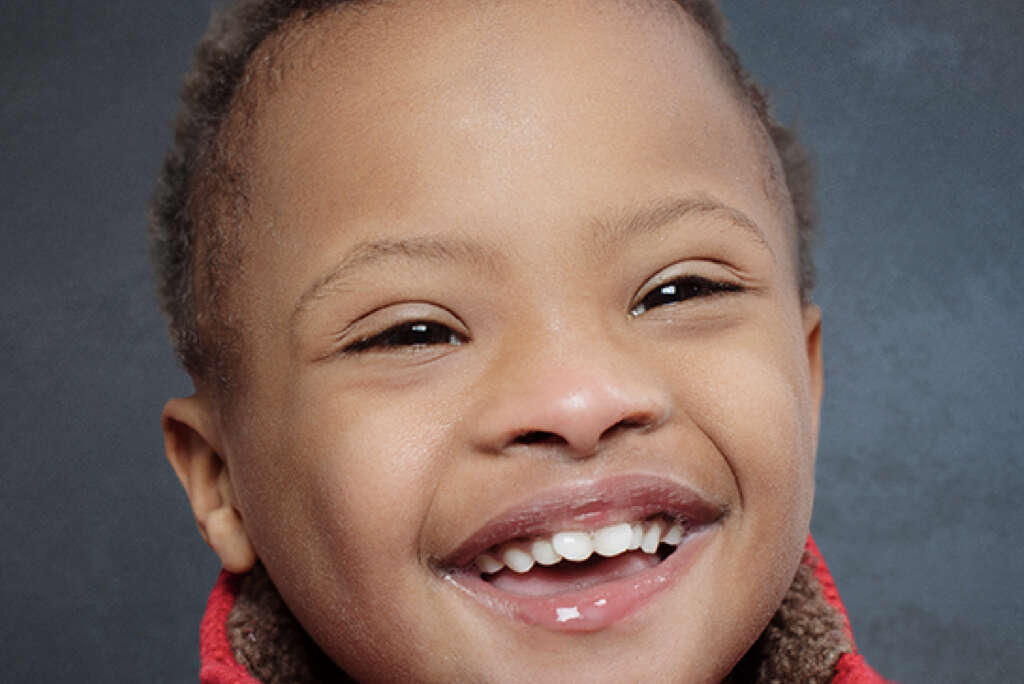
7. Diagnosis
A variety of different techniques can be used to help diagnose moyamoya disease. One of these is a CT scan which will help give medical professionals an image of the structure of your blood vessels. An MRI will also help give a visual image, helping doctors to identify problems. A dye can be used for both methods to help make the results clearer.
An EEG can be used to help measure electrical activity in the brain, while a Doppler ultrasound can help provide an image of the blood vessels. A cerebral angiogram is another method of getting visual images of the structure of the brain and its blood vessels.
8. Therapy
While a stroke can cause the loss of certain functions of the body, it is possible for patients to regain at least some of those functions through therapy. This includes physical therapy that can help patients to regain control over their body. The patient may not regain complete control, but physical therapy can at least help make them more independent.
In some cases, cognitive behavioral therapy may also be recommended. This can help the patient to cope with lasting symptoms that can be caused by a stroke. It can also help them to handle any anxiety about the possibility of experiencing another stroke again in the future.

9. Medication
Medication for moyamoya disease will tend to revolve around helping to prevent seizures and strokes. This includes blood thinning medication that will help to prevent the flow of blood to the brain from being blocked. Anti seizure medication can also be prescribed in order to help prevent and control any seizures the patient might be experiencing.
Another type of medication often used to treat moyamoya include Calcium antagonists. These can help to prevent transient ischemic attacks, and can also help to reduce the severity of headaches. If medication is not able to treat the symptoms sufficiently then surgery may be deemed necessary.
10. Surgery
Surgery for moyamoya can be difficult and is not without its risks, so it is avoided until considered necessary. One procedure, known as direct revascularization surgery, helps to restore the flow of blood to the brain by bypassing the blocked arteries. This is one of the higher risk options.
Indirect revascularization is a lower risk option, but it will take longer for results to be achieved. This involves procedures that encourage blood vessels to grow from an artery, hopefully restoring the full flow of blood over time. Some patients with moyamoya disease will develop a brain aneurysm, and this will also need treatment.




